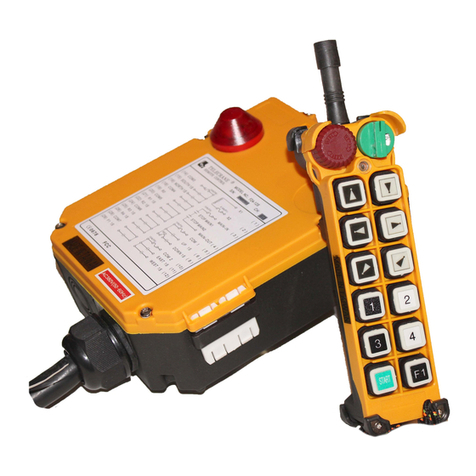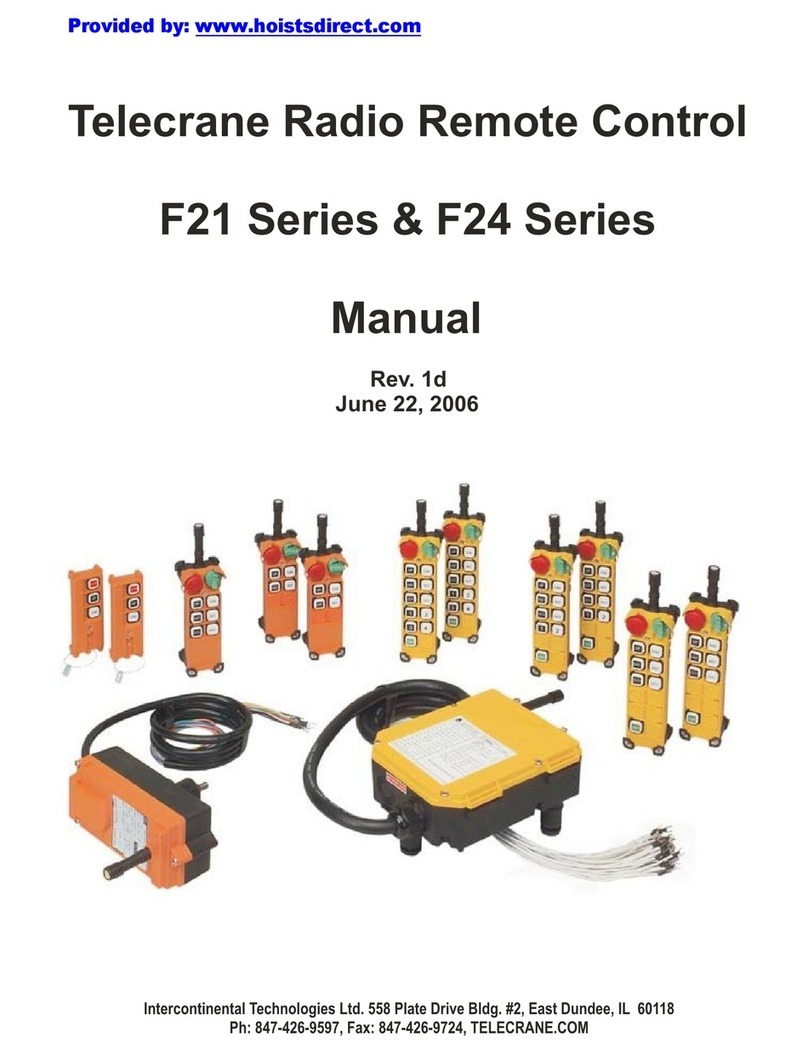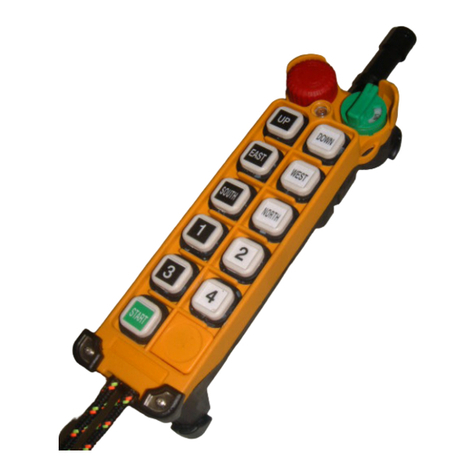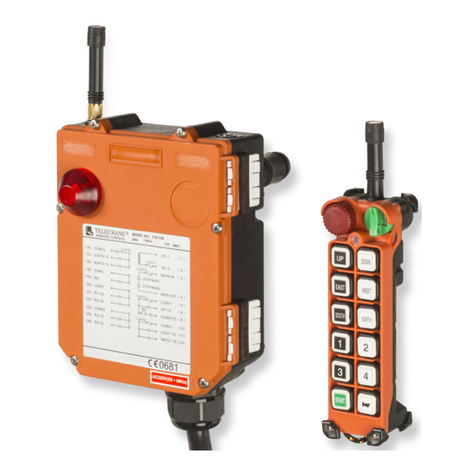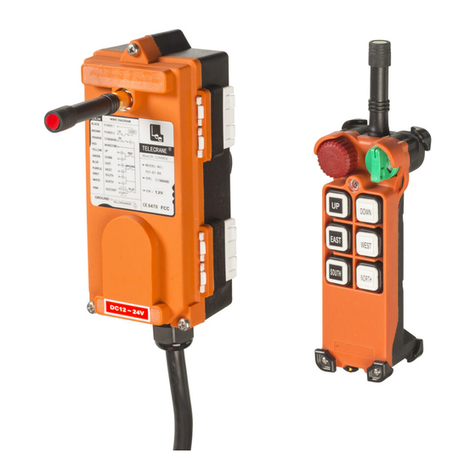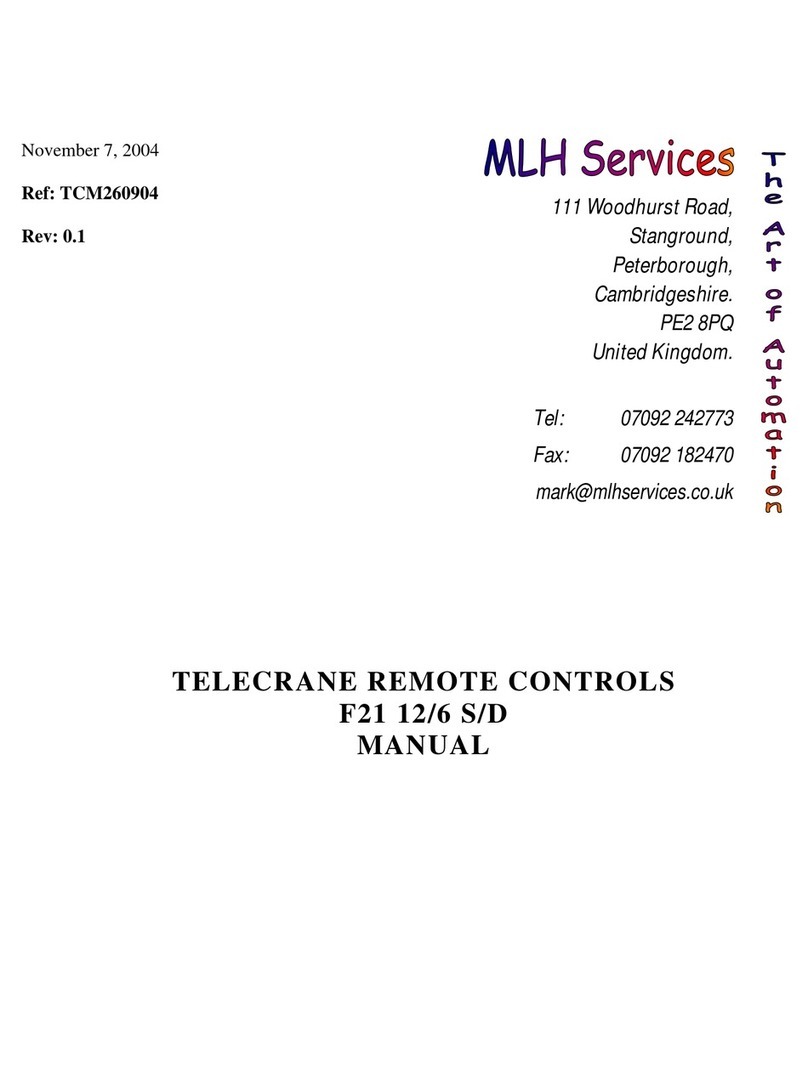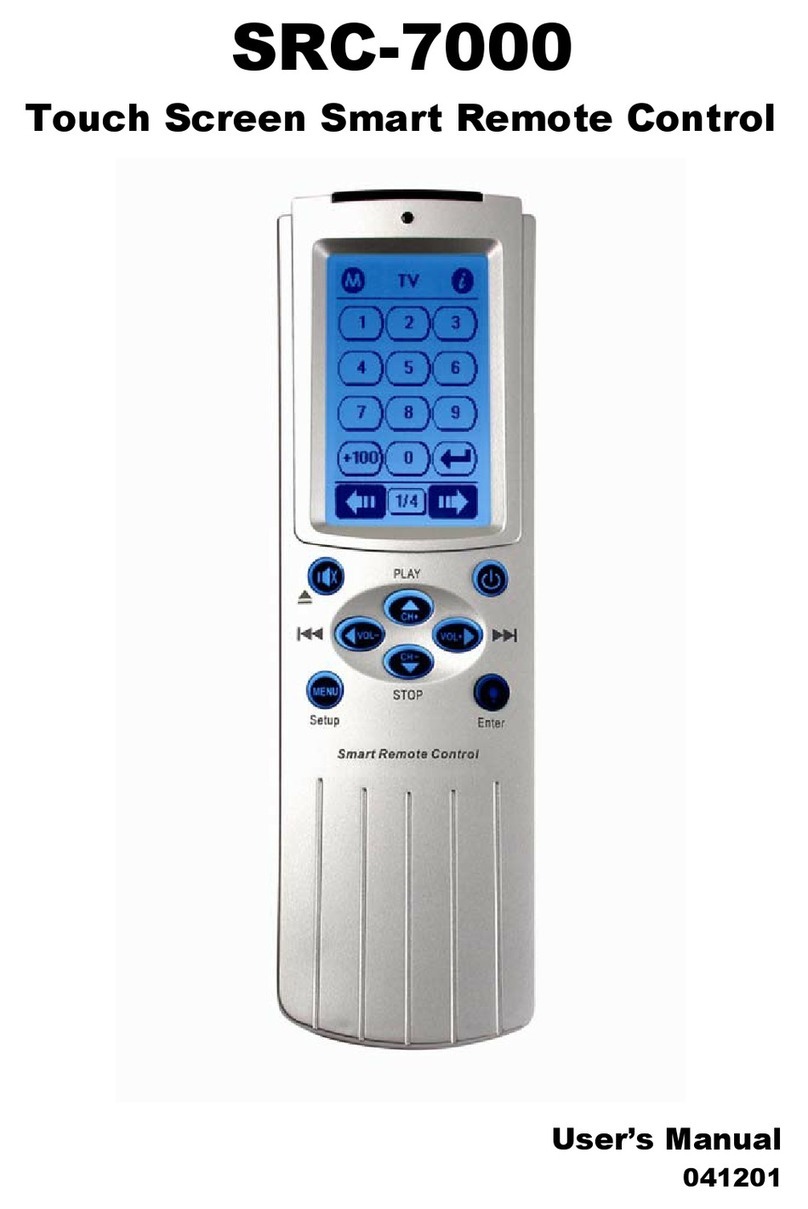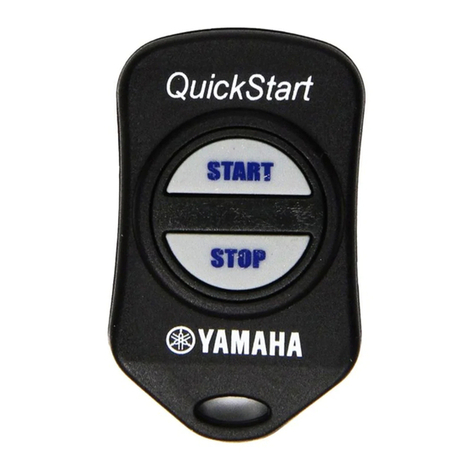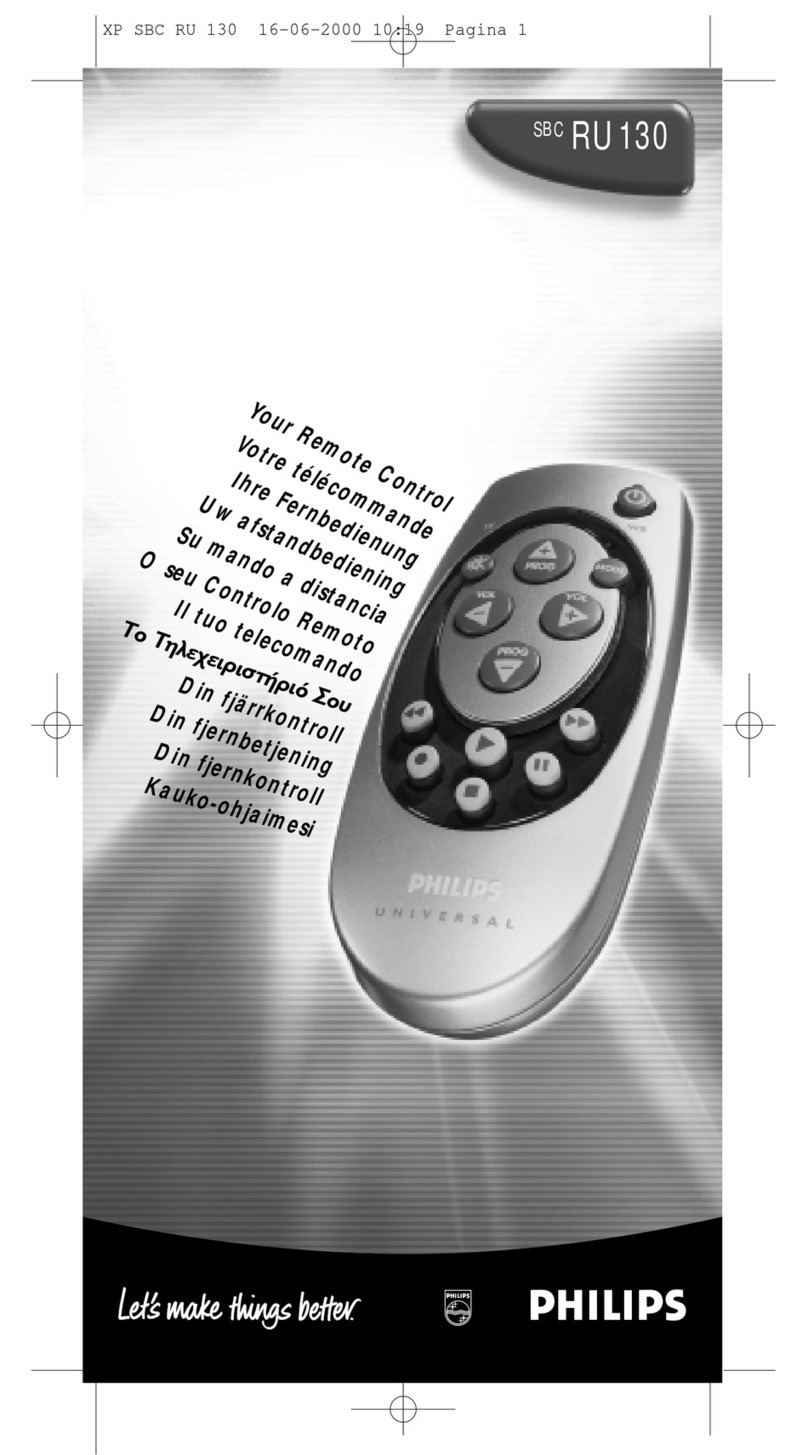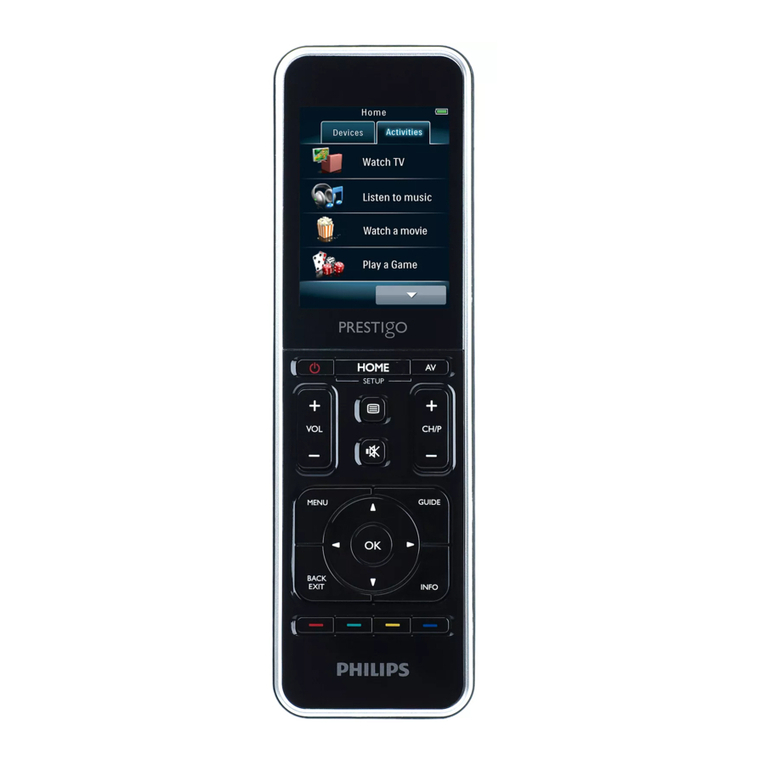
3
Warranty
Warranty
Lee’s Hi-Tech Enterprises Co., Ltd. guarantees that this product meets its published
specifications at the time of shipment from the factory. Under proper installation it should work
as expected.
Warranty Period
This equipment is warranted against defects in material and manufacturing for a period of one
year from the date of shipment. During the warranty period, TELECRANE is responsible for
necessary repairs as long as the product can be proved to be defective.
For warranty service or repair this product must be returned to a service facility designated by
TELECRANE. Buyer will pay shipping charges to TELECRANE while TELECRANE will pay
return shipping charges.
Excluded Items
This warranty does not include consumptive parts such as batteries, fuses, buttons, relays. Also
this warranty does not cover damages caused by improper installation, improper or insufficient
maintenance, unauthorized modification, improper operation, ignorance of environmental
specifications, or improper software setting.
Remarks
No other warranty is expressed or implied, except for the above mentioned.◎
The remedies provided herein are the buyer’s sole and exclusive remedies. TELECRANE ◎
shall not be liable for any direct, indirect, special, incidental or consequential damages.
Attention
◎ Never dismantle the equipment by any unauthorized personnel, or equipment may be
damaged.
◎ After finishing operation of TELECRANE radio controller shut off main power to the crane,
power to receiver, and remove transmitter key. If transmitter’s power is controlled by “rotary
key switch”, then need turn the key to “OFF” position and remove it.
◎ The crane should be equipped with main power relay, limit switch and other safety devices.
Precautions ( I )
To avoid any interference, the receiver must be placed as far as possible from frequency inverter
and power cable as possible.
Precaution ( II )
The receiver should be installed on top of the electrical control box. Do not mount the receiver
inside the electrical control box.
